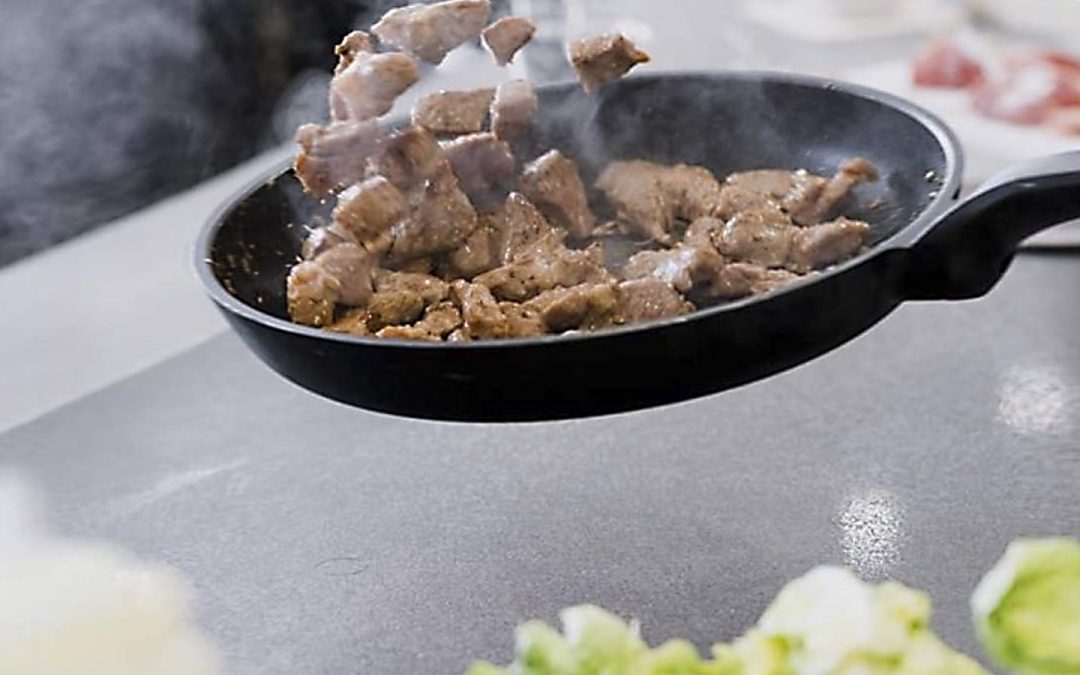Sustainability has become increasingly important to us over the past ten years. With issues around climate and pollution repeatedly making the headlines, consumers generally are becoming more mindful about their choices – from the cars that we drive right down to the clothes that we buy. And of course, the appliances we have in our homes.
An energy-efficient appliance doesn’t just save energy, of course, but can save you a significant amount of money in the long term, on your energy bills. So, while some appliances might cost you more in terms of initial outlay, you may find you save that money on bills in a few years, and these appliances should stand the test of time.
Induction
Induction is becoming increasingly popular among homeowners and chefs due to its ease of maintenance and cleaning, as well as the fact that it is safer than gas’s open flame burners. There is also very minimal heat transmission outside the cooking pot because induction uses electromagnetism rather than gas and flame or electricity. This is what makes induction such a good substitute for gas burners in busy commercial kitchens.
Despite the fact that induction is widely considered as one of the cleanest and most efficient cooking technologies available, all cooktops on the market today operate at roughly 250 watts per hour, much higher than the Energy Regulation Authority’s 190 watts per hour standard. TPB tech’s® cooktop range has a maximum output of 172 watts per hour, making it the only manufacturer that has been far below the threshold level until now.
TPB tech is superior
So, thanks to the cooktop’s architecture and proprietary four-layer design, the eco-credentials of induction are increased even further with a TPB tech® Invisible Cooktop.
The porcelain-ceramic surface is on top. It’s durable and can be used for chopping and preparing food. It’s completely non-porous and heat-resistant, making it the most durable top currently available. A heat-dissipating aluminium layer sits beneath this to prevent breaking. A layer of Bakelite sits beneath this. This is the conductive material that ensures maximum break and impact resistance for the functioning components. Finally, a bottom aluminium layer provides flexibility and robustness, as well as serves as a fastening surface for the induction components.
Elevated for increased efficiency
The pans used on the cooktop are elevated slightly on specific plinths due to the stove’s unique construction.
This elevation produces an air gap between the ceramic surface and the bottom of the pan or pot, reducing heat radiation at the pot’s bottom and ensuring much-improved energy efficiency. Because just the bottom of the cookware is heated, practically nothing may burn on the surface. Because the residual temperature outside of the cooking zone never exceeds 40 degrees Celsius, the cooktop is significantly safer than other induction cooktops. Induction hobs with more residual heat retain more heat and nevertheless pose a risk of burning.
The cookware you use must be induction-compatible and should be used with altitudes. TPB tech® produces cookware with built-in plinths, as well as elevation coasters that can be used with current induction cookware.
All of this translates to the most energy-efficient induction cooktops on the market.
Finally, our cooktops come with a 2-year warranty, ensuring that they will not need to be replaced and will continue to serve you well for many years to come, while also saving you money on your energy costs. What’s not to love?
